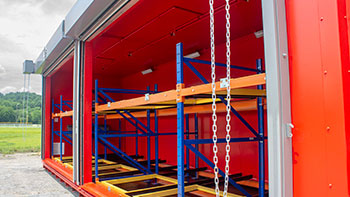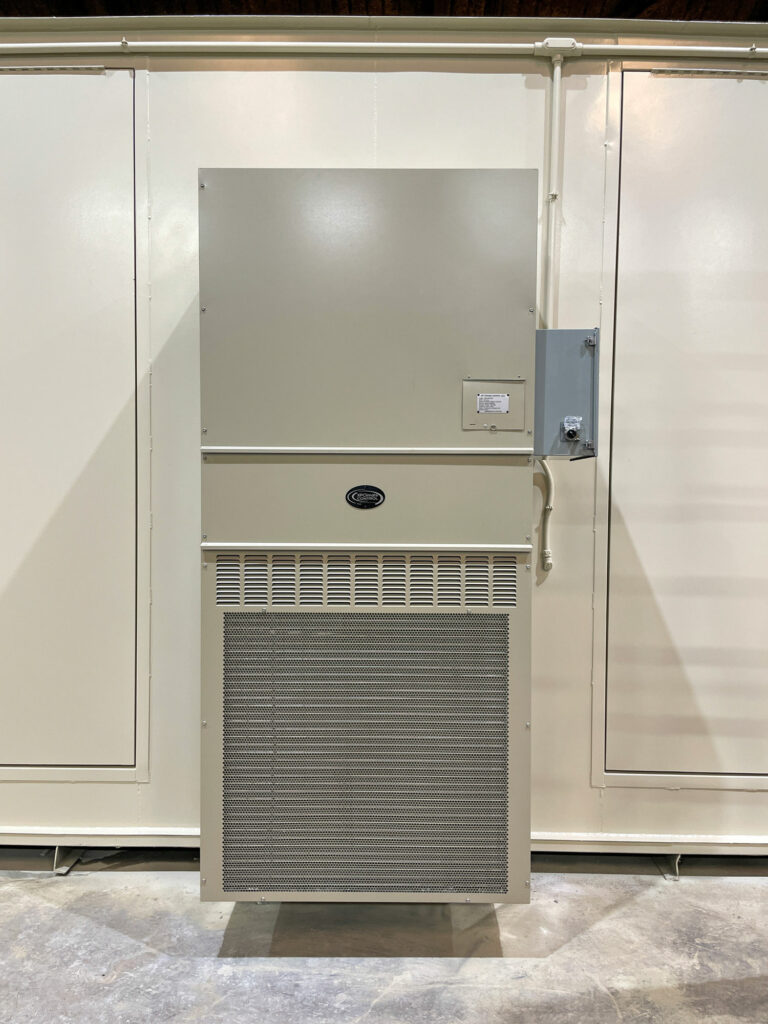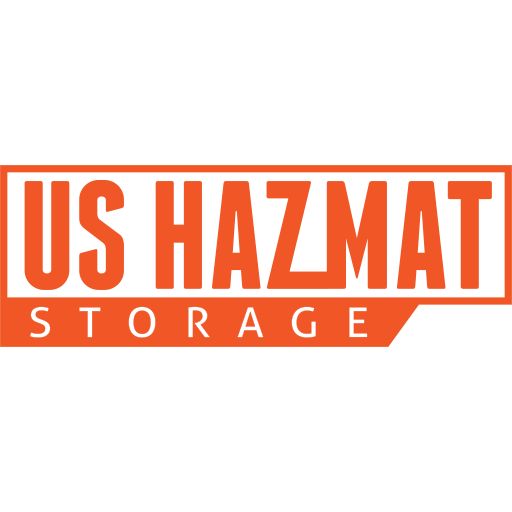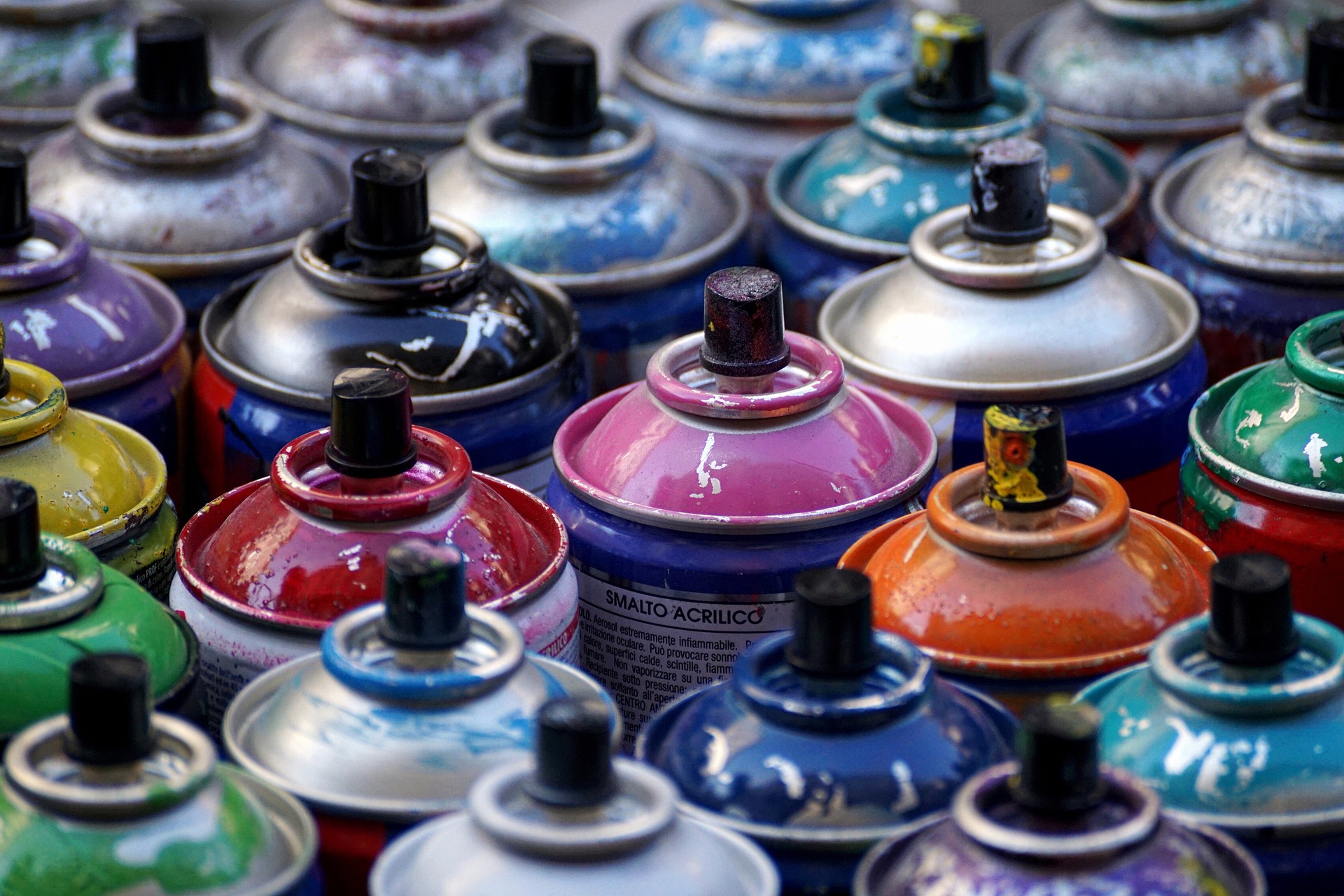Acrylic acid might sound like a dangerous substance (and you’re right for assuming so) that might only be found in some clandestine underground secret laboratory, but its application is far more common than most hazardous materials. Acrylic acid is a basic ingredient in the glue that holds our society and infrastructure together. By definition, acrylic acid is used mainly in the formation of polymers – which includes plastics, adhesives, paints, polishes and glossy coatings on finished products. Without even thinking about potential uses, acrylic acids have become practical as they are mysterious, as these powerful polymers guide your daily movements from the moment you jot down a few items to pick-up from the grocery store on paper; which, shocker, we know, is also comprised of acrylic acid.
How Common is Acrylic Acid?

But if acrylic acid is so common, how can it be dangerous if we handle its byproducts? From the moment you wake up, your life is held together by the powerful adhesive action of acrylic acid – a strange juxtaposition when you think about the deteriorating actions of most acids, but nonetheless, it’s a strong and powerful element to keep the jumbled up pieces of hectic 21st century living held together for at least another day. Plopping out of the bed onto the cold hardwood floor, your feet instinctively search for relief from the unwelcoming shiver (it’s like the adult version of floor lava) and finds the nearest runner, or rug, if only for a brief reprieve from the cold. And like most moveable rugs, it’s backing is held together by a smooth adhesive, supported by acrylic acid. Unfurling clutched toes gnarled by the sudden burst of cold air, you might even notice a chipped toe nail that will need a quick touch-up with fingernail polish, another product that contains this acid. After gathering your composure, making a break for the coffee maker in the future, you glide your hand unceremoniously on the new paint job of your hallway – a coating that is made extra glossy by acrylic acid.
Is Acrylic Acid Harmful?
While not as volatile as some of the hazardous materials we provide storage for, acrylic acid still poses serious threats to organic material; polymers have been known to cause eye, nose and throat irritation. Have you ever noticed the overwhelming chemical smell from nail polish? Direct exposure through inhalation of acrylic acid is like smelling mutated onions on steroids – the stench will bring tears to your eyes, and might even guarantee a trip to the nearest hospital. By its very nature, acrylic acid is severely irritating and corrosive to the skin, as well as the respiratory tract. While the EPA – you know, that government entity that can ruin your reputation as a business owner if you don’t follow its rules – hasn’t classified this acid for carcinogenicity, it can cause acute toxicity to aquatic life and is highly toxic to birds. This is all the more reason to handle acrylic acid with care and to seek out compliant chemical storage for prolonged and continued use.
Best Options for Polymer Storage

Acrylic acid is classified as a combustible liquid. Like all chemicals of this classification, you must seek fire-rated protection equipped with explosion relief panels and fire suppression to mitigate possible damage if an explosion were to take place. We know that while not deadly in small, isolated cases, ignition of mass storage of acrylic acids could cause a rather large fireball or chemical event. In 2012, a Japanese firefighter was killed after a tank containing this acid exploded in Tokyo. The fire later spread to another acrylic acid tank at the plant. Our highly steel engineered chemical storage tank can prevent events, such as these, from occurring.

To prevent explosions from happening in the first place, you should consider climate control options with your chemical storage purchase. These powerful standalone units can keep your stockpile for acids from reaching unstable temperatures. And with the safety of the environment becoming the top priority in the future, we’ve equipped every storage locker that leaves our factory with a sump containment system that sits on the bottom of each locker, and can safely collect dangerous materials should a spill occur.


